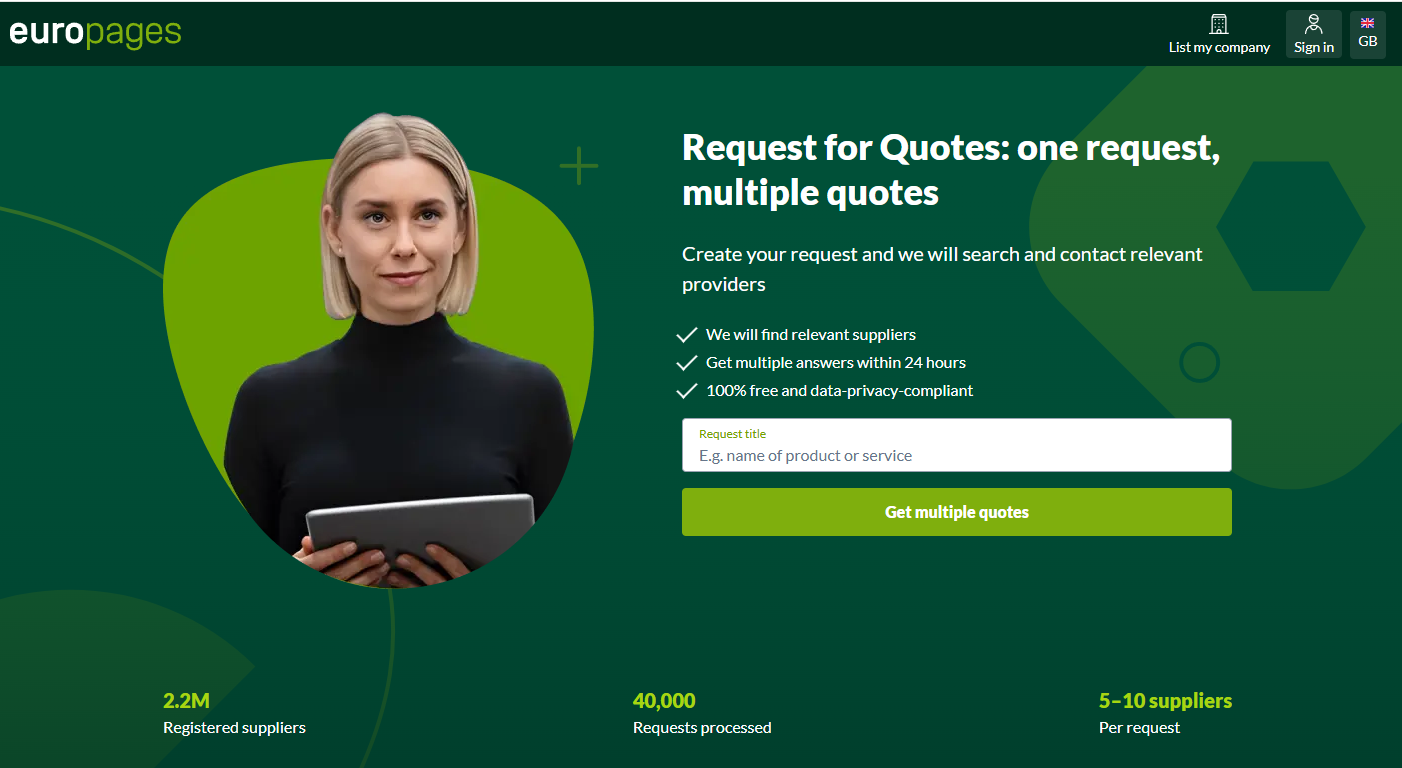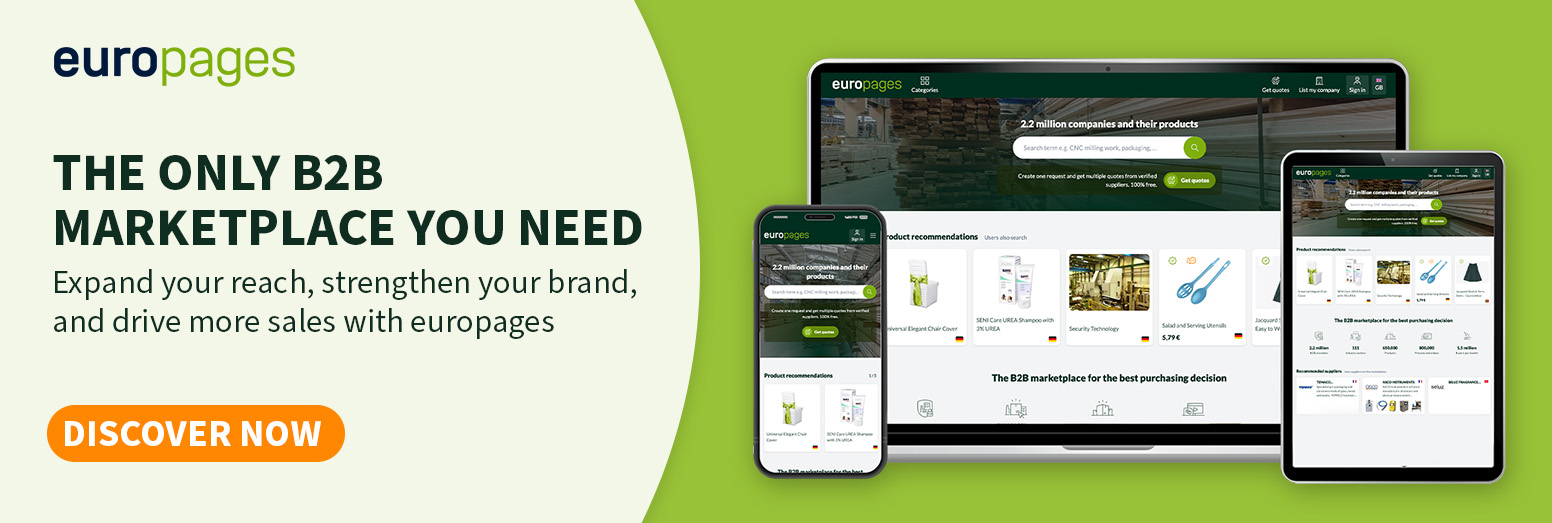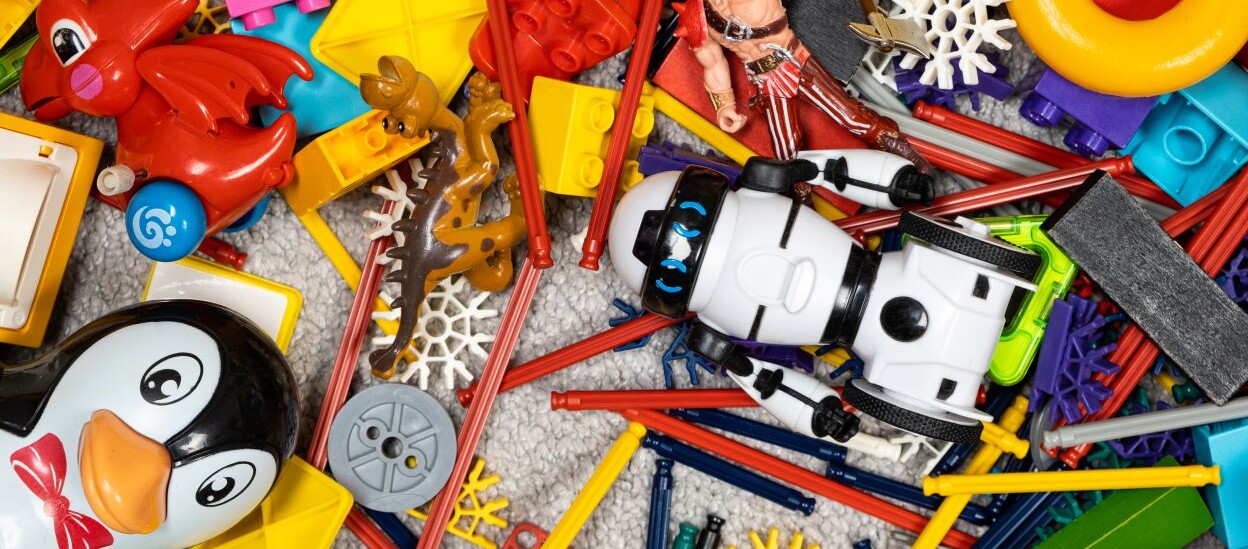Table of content
- How Toy Safety Worked Until Now
- What Are Toy Safety Symbols?
- Why the EU Is Changing the Rules
- What Will Change Under the New Law?
- What do the toy safety symbols mean?
- What Will the Digital Product Passport Include?
- How This Affects Global Sourcing and Imports
- Key Dates for Toy Industry Compliance
- What Happens If Businesses Don’t Comply?
- What to Do with Existing Toy Stock
How Toy Safety Worked Until Now
Since 2009, toys in the EU have been covered by a law called the Toy Safety Directive. It required toys to carry a CE mark, which shows they passed basic safety checks.
These focused mainly on physical hazards, such as sharp edges or small parts, and limited certain toxic metals like lead.
What Are Toy Safety Symbols?
Toy safety symbols are the first line of defense when it comes to quick compliance checks. The CE mark is the best known—it tells you the toy meets EU standards. You’ll also see familiar icons like age warnings (e.g. “not for under 3s”), material safety notes, and recyclability info.
For importers, these symbols help flag whether a product is even worth listing or stocking.
What’s changing now is that symbols alone won’t be enough. The new rules introduce QR-code-based digital product passports, giving direct access to lab tests, certificates, and traceability data.
Why the EU Is Changing the Rules
The previous rules did not address many of today’s safety risks. Harmful chemicals such as PFAS, also known as “forever chemicals”, and hormone disruptors were not banned. Online sellers, especially those outside the EU, were not closely monitored.
As more people shop online, these gaps have led to real concerns. In 2024, Toy Industries of Europe (TIE) tested 19 toys from the platform Temu. None followed EU safety laws and 18 were considered dangerous. Another study found that 80 percent of toys sold by third-party online sellers failed safety checks.
In 2023, toys were the second most recalled product in the EU, with 467 safety alerts. Many of these toys were imported, unbranded, and hard to trace. It became clear that stronger rules were needed to protect consumers.
What Will Change Under the New Law?
Toy safety symbols are the first line of defense when it comes to quick compliance checks. The CE mark is the best known—it tells you the toy meets EU standards. You’ll also see familiar icons like age warnings (e.g. “not for under 3s”), material safety notes, and recyclability info.
For importers, these symbols help flag whether a product is even worth listing or stocking.
What’s changing now is that symbols alone won’t be enough. The new rules introduce QR-code-based digital product passports, giving direct access to lab tests, certificates, and traceability data.
"The new rules just agreed make toys sold online and offline safer for children. They ban harmful chemicals and introduce a Digital Product Passport will provide wider information to consumers and help market inspectors to detect and remove dangerous toys, especially at EU borders. "
Stéphane Séjourné, Executive Vice-President for Prosperity and Industrial Strategy. EU commission
What do the toy safety symbols mean?
Essential toy safety symbols in the EU market

What Will the Digital Product Passport Include?
One of the most significant changes under the new EU toy safety rules is the introduction of Digital Product Passports (DPPs). These will be required for nearly all toys sold in the EU, offering instant access to safety and traceability information via a QR code on the packaging or product.
Each passport will contain:
| Component | What It Includes | ||
|---|---|---|---|
| Product Identity | Unique product ID, SKU, and model reference | ||
| Compliance Documentation | EU Declaration of Conformity, CE marking confirmation, and applicable EN 71 test results | ||
| Chemical Safety | Full material disclosure, including presence of any restricted substances (e.g. PFAS) | ||
| Traceability Data | Manufacturer name, location, batch number, and supply chain details | ||
| Inspection & Certification | Links to third-party lab tests and certification bodies | ||
| Sustainability Info | Recycling symbols, eco-label claims, and packaging disposal instructions |
Toy makers and importers will be responsible for creating and maintaining these digital passports. Customs and market surveillance authorities will use them for fast checks, and consumers will be able to scan them for instant safety verification.
How This Affects Global Sourcing and Imports
The new rules also support broader EU trade goals. Many unsafe toys in recent years have come from markets such as China. The EU wants more transparency in global supply chains.
SMEs that buy toys or materials from outside the EU will face stricter checks. Suppliers must provide lab test results, safety documents, and digital traceability. Products that do not meet these requirements will be blocked at the EU border.
To avoid delays or disruptions, many buyers may choose to work with more trusted suppliers in Europe or other regions with stronger safety standards.

Key Dates for Toy Industry Compliance
Although enforcement begins in 2029, businesses should act now. It takes time to redesign products, find new suppliers, test materials, and update packaging or labels.
Many SMEs plan products two to three years in advance, meaning there may only be two product cycles before the deadline.
Preparing early can help avoid last-minute problems, penalties, or lost sales. It also gives businesses a chance to be the first in the new market. You can download the press release regarding the new rules here.
| Year | Milestone | ||
|---|---|---|---|
| 2025 | Regulation adopted and published in the EU Official Journal | ||
| 2026 | Industry guidance and technical standards finalized | ||
| 2027 | Voluntary early adoption for manufacturers and importers | ||
| 2028 | Pilot audits and market monitoring activities begin | ||
| 2029 | Full compliance required: Digital Product Passports mandatory at EU border |
What Happens If Businesses Don’t Comply?
Toys that fail to meet the new requirements may be blocked at customs or removed from stores. Sellers can face fines and may be banned from online platforms.
With digital product passports, authorities will be able to check compliance more easily. For SMEs, even a single mistake could hurt their reputation and jeopardize their business. Retailers and consumers are also more likely to avoid brands linked to unsafe toys.
What to Do with Existing Toy Stock
Toys already on the market or in storage can continue to be sold if they meet current EU safety rules. However, once the new law comes fully into effect, any stock that doesn’t comply with the updated requirements will no longer be sellable.
Buyers should review product documentation carefully before placing large orders, especially for items that may still be on shelves in 2029. Asking suppliers now about future compliance can help avoid costly overstock or returns later.

Conclusion
This new law marks a shift in how toys are made, tracked, and sold across the EU. Buyers and businesses should take steps now to review their supply chains, update safety practices, and prepare for digital compliance systems. Otherwise, they risk falling behind as the market changes.
The early bird will not only stay compliant but will also be better positioned in a market that values safety, transparency, and trust.
Want to dive deeper into EU regulations about safety and sustainability? Check out the articles we’ve listed below
- Agenda 2030: 17 Sustainable Development Goals
- BSI, EN, ISO and IEC: What are the differences?
- The EU AI Act: what it means for UK companies

